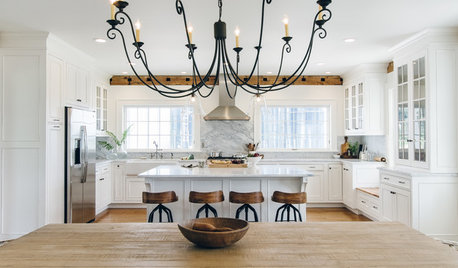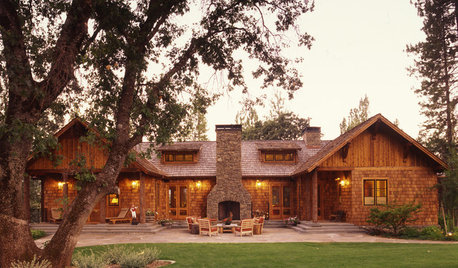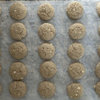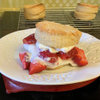How do you learn to cook?
jeri
12 years ago
Related Stories

FEEL-GOOD HOME12 Very Useful Things I've Learned From Designers
These simple ideas can make life at home more efficient and enjoyable
Full Story
WHITE KITCHENS4 Dreamy White-and-Wood Kitchens to Learn From
White too bright in your kitchen? Introduce wood beams, countertops, furniture and more
Full Story
FUN HOUZZEverything I Need to Know About Decorating I Learned from Downton Abbey
Mind your manors with these 10 decorating tips from the PBS series, returning on January 5
Full Story
MOTHER’S DAYWhat We've Learned From Mom About Home
Share cherished memories as Houzzers recall the special traits, insights and habits of their mothers
Full Story
MOST POPULAR15 Remodeling ‘Uh-Oh’ Moments to Learn From
The road to successful design is paved with disaster stories. What’s yours?
Full Story
DECORATING GUIDES10 Design Tips Learned From the Worst Advice Ever
If these Houzzers’ tales don’t bolster the courage of your design convictions, nothing will
Full Story
CONTRACTOR TIPS6 Lessons Learned From a Master Suite Remodel
One project yields some universal truths about the remodeling process
Full Story
KIDS’ SPACES5 Ideas for a Great Home Learning Zone
Get your child off to a good start this school year with homework areas and strategies that reduce the frenzy
Full Story
DECORATING GUIDESWhat We Can Learn From the Minimalists
Discover the power of simplicity and how to employ a less-is-more approach in your decorating scheme
Full Story
LIFE5 Life Lessons We Can Learn From Italian Design
Discover how these core ideas of Italian life feed into the nation’s designs
Full Story





John Liu
Teresa_MN
Related Discussions
When did you learn how to cook?
Q
How do you use your senses when you cook?
Q
How Do You Achieve Contrast In Your Cooking?
Q
How Do You Cook Brown Rice?
Q
jeriOriginal Author
triciae
Jasdip
Lars
nancyjane_gardener
pkramer60
jessicavanderhoff
cynic
John Liu
triciae
caliloo
teresa_nc7
JCWR56
Bumblebeez SC Zone 7
lindac
jimster
susytwo
spacific
jimster
Chi
jeriOriginal Author
arley_gw
grainlady_ks
John Liu
jimster
jimster
Jasdip
deborah_ps
Bumblebeez SC Zone 7
spacific
John Liu
triciae